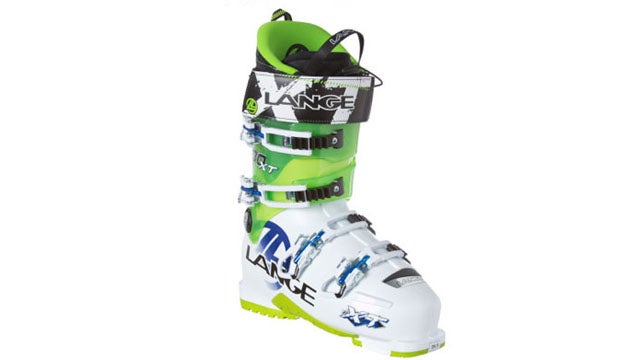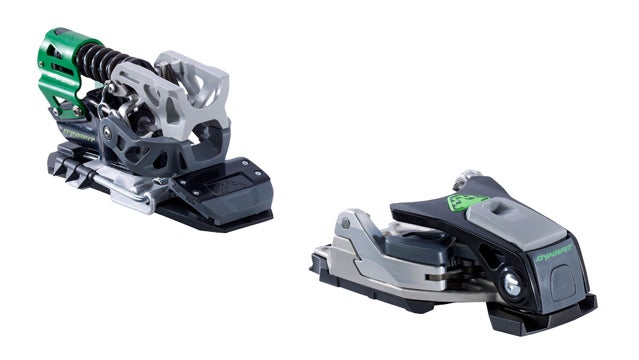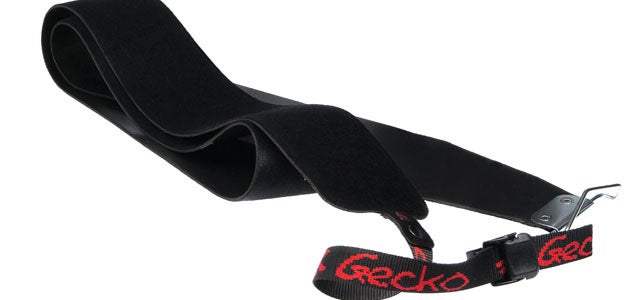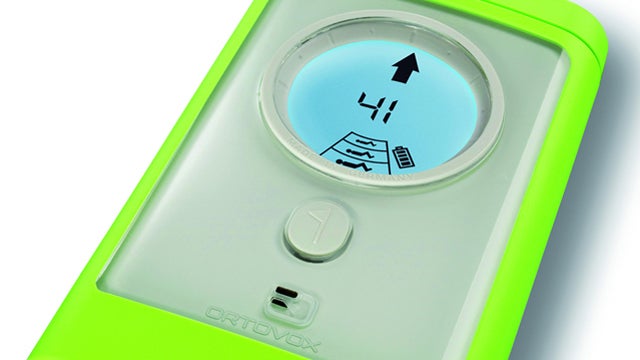While you’ve been doing wall sits and watching movies on repeat in preparation for ski season, your boards haven’t seen daylight in months. You’re pretty sure your boots are filled with cobwebs (or crickets, or worse), and there’s a good chance you never turned off your beacon after your last spring tour.
It’s time to venture down to the basement to assess the damage. It’s time to get your gear in shape for the season.
SKIS
Bare minimum: Inspect the edges; look for burrs and rust. Remove burrs with a diamond stone, and clean the edges. Dry, white, or furry-looking bases need a few layers of wax, which will provide both protection and speed on the slopes.
Bells and whistles: Give your skis a full tune at your local ski shop. The most common edge bevel is half a degree on the base edge and three degrees on the side edge. The higher the degree, the more aggressive the edge.
As long as you’re giving your skis a spa treatment, throw on a few more coats of wax. Wax on and scrape off several times to really drive in the substance. Also consider “detuning” tips and tails by running a file at 45 degrees across the edges.
BOOTS
Bells and whistles: Examine the soles of the boots. Check for excessive wear at the heel and toe. Most boots come with heel and toe pieces that can be replaced, if necessary (the exception are high-end performance and racing boots that have solid soles for better precision).
If you’re considering new boots, start shopping early for the best selection (throw in a new pair of ski socks while you’re at it). Don’t expect new boots to fit right out of the box. Make an appointment with a good boot fitter to get the toe or ankle punched out, if necessary.
BINDINGS

Bare minimum: Clean your bindings of grime, but remember some parts are sealed. A faulty binding can cause serious injury. If you feel wary at all, take them (along with your boots) to a shop to make sure they meet DIN specifications.
Bells and Whistles: Excessive wear on the heels and toes of your boots can change the interface with the binding. This can alter the forward pressure and toe height. If you have this problem, take your boots and bindings to a shop for readjustment.
SKINS
Bare minimum: If you stuck your skins together glue-to-glue last spring (rather than using the “cheat sheet” the skins came with), unstick them when they’re cold. Otherwise the glue might stick to itself and rip off the skins.
If your skins are still dirty from your spring skiing adventures, wash them in cold water, removing dirt from both sides. Hang to dry.
Bells and whistles: For really dirty skins, use a waxing iron at 165 degrees to iron out the dirt. Place newspaper over the glue and run the iron over it to remove the gunk. If you need to re-glue skins, turn the iron up to 185 degrees, use more newspaper and make multiple passes—with several strips of paper—to remove the glue down to the substrate. Replace with new adhesive.
TRANCEIVER
Bare minimum: Regardless of how much battery life appears on the digital readout of your transceiver, install fresh batteries. Test your beacon against a partner’s in both receive and transmit mode. Don’t skimp on this. Batteries are cheap. Your life is not.
Bells and whistles: Get some practice. Have a friend bury her beacon, preferably in snow. This can be done at the trailhead of your first ski tour. Attempt to find the beacon within two minutes.


